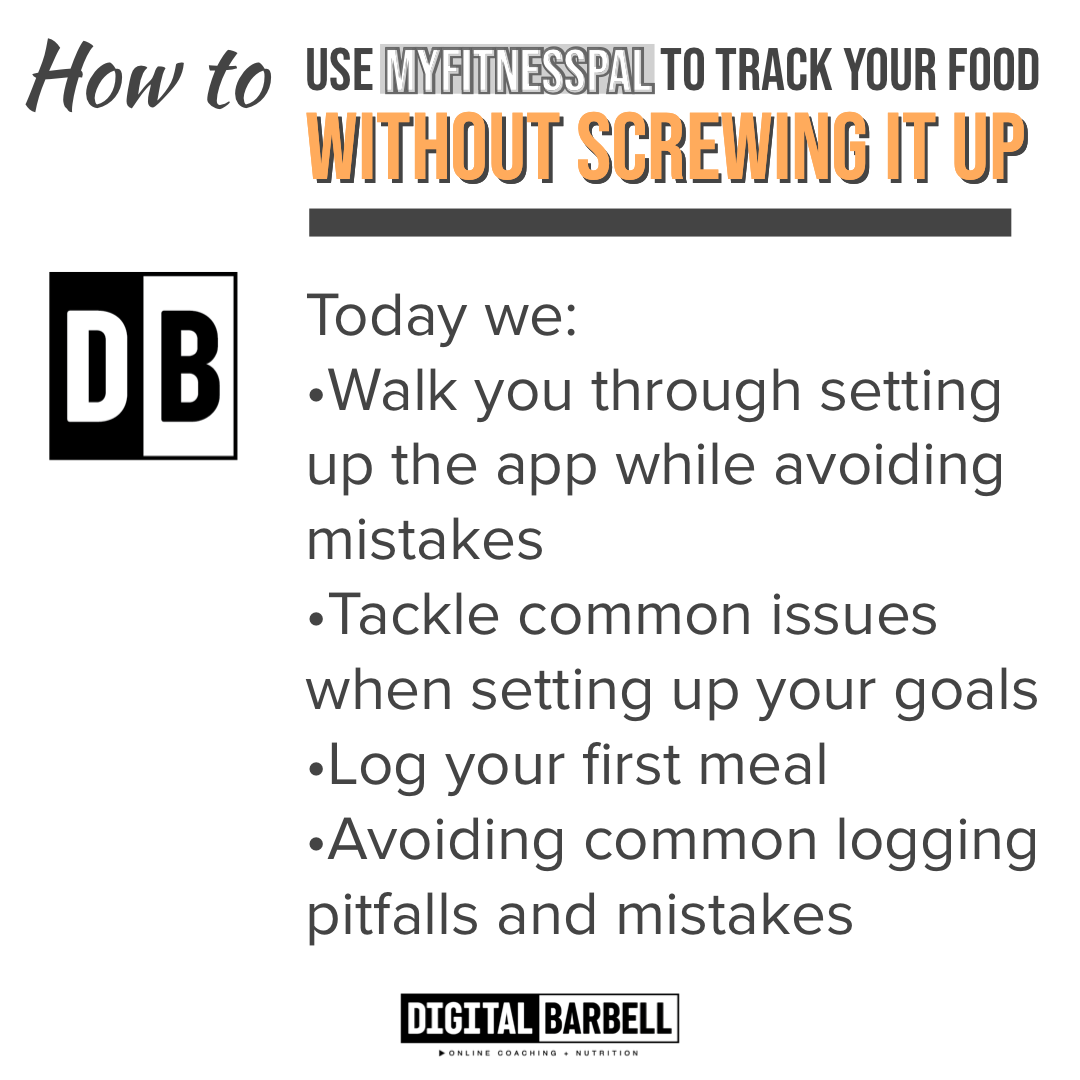How To Transition Off of Intermittent Fasting Without Gaining Weight (step by step)
Even heard of Intermittent Fasting (IF)? Maybe you’ve even used it or are using it now as a tool for fat loss.
Let’s remind ourselves about the basics of IF, what it’s benefits are, what it’s potential drawbacks are and how to successfully transition back to eating on a non time restricted schedule without re-gaining any of the weight that you’ve lost.
To start we need to get a quick refresher on what IF is.
Your Guide to Intermittent Fasting
Let’s dig in today to the topic and discuss:
What exactly I.F. is and isn’t.
Potential benefits and overblown claims.
What you should know if you want to give it a try.
Here are the Cliff Notes:
We exist in 2 different states when it comes to eating. Fasted and Fed.
We’re said to be fasted when the hormone insulin that is secreted when we eat is at 100% non-elevated levels.
This happens about 6 hours after eating, depending on what, and how much you ate.
We’re said to be in a fed state when insulin levels are above baseline levels after we’ve eaten food.
Intermittent fasting is the practice of letting your body enter into prolonged fasted periods, while only eating during scheduled windows of time.
The 3 most common Intermittent Fasting schedules are:
16/8 IF - With this method you fast for 16 hours in a row per day, and eat all of your daily food during the other 8 hour window.
5/2 IF - With this method you fast 2 out of the 7 days during the week. Some people will not completely fast during those 2 days but will eat extremely low calories.
Alternate Day Fasting - With this method you only eat every other day, and fast on the days between eating.
So as you can see, these are all simply methods of restricting the TIMES that you eat during the day/week.
Another name for Intermittent Fasting is Time Restricted Eating.
WHAT ARE THE BENEFITS OF FASTING?
We explained in the article linked above that the proponents of IF claim that fasting helps our cells cleanse themselves due to increased levels of autophagy.
Another commonly raised benefit of fasting is increased sensitivity to insulin and lowered cholesterol levels. At this point, there just isn’t enough scientific evidence to support these claims. The fact is that a reduction in body fat levels by any means increases insulin sensitivity as well as improvements in almost all health markers.
For many, restricting the amount of time that they have available to eat limits the total number of calories that they can eat. This calorie restriction via time restriction can result in a person being in a calorie deficit over the course of the week that makes them lose weight.
Remember, the thing that ultimately causes us to lose weight is the fact that we’re eating less calories than we are burning. Therefore, time-restricted eating / Intermittent Fasting can be a tool that can create a caloric deficit.
WHAT ARE THE DRAWBACKS OF FASTING?
We don’t exist in a bubble. We have families, lives, responsibilities, and social engagements that are just a part of life. Although restricting your feeding times can absolutely help you achieve a calorie deficit, is it sustainable? That’s the difference maker for us.
Any approach you take for fat loss should be done with a plan that gets you to your goal in a sustainable way that results in you KEEPING THE WEIGHT OFF.
If you lose 20-30lbs through fasting, but ultimately cannot keep up that habit, there is a good chance that you will not maintain that weight loss. In other words, you’ll regain the weight you lost if you stop fasting.
Another thing that we see as a potential drawback/pitfall of intermittent fasting is that it can alter your behavioral and mental relationship with food.
Think about it logically for a second.
You have limited time during the day/week to eat your entire food allotment. This can lead to a near binge-type mentality when it comes time to eat.
Also, it’s likely that when you have a lot of calories to eat during your “feeding window” you’ll fill those calories with less nutritious foods that are higher in sugar and fat. Those can be some really hard-to-break habits once you stop fasting.
HOW TO TRANSITION OFF OF INTERMITTENT FASTING
If you have been successful in losing weight through fasting, let’s talk about how you can go back to eating throughout the day/week traditionally, without gaining all of the weight back.
No matter the style of fasting that you were doing (16/8, 5/2, etc), the first thing we need to consider is energy balance (calories).
HOW TO TRANSITION OFF OF 5/2 FASTING
For people who have been doing 5/2, alternate-day fasting, or another style that has you fasting for entire days, we need an accurate picture of how many calories per WEEK that you are eating.
Why do we care about that? We want you to continue eating about the same number of calories per week in our initial stages, because that is the intake that your body is used to.
We will be throwing your body a curveball during this time, so we are going to limit the number of things that we change at once.
To know how many calories per week you’re eating you’re going to need a few things. A food scale, an app like MyFitnessPal, and some patience.
How to Use MyFitness Pal
Without screwing it up
Next, track your food intake as accurately as you can for a week. One way that this whole thing can go sideways is if you aren’t honest with yourself during this week and you either choose not to log something that you ate, or if you eat differently during this week because you’re logging. Don’t do either. Trust us.
Our goal is to now take the total number of calories that you’re eating per week and divide it up evenly, or close to evenly across all 7 days of the week.
Let’s say that after your week of logging your food you find that you’ve been eating about 12,000 calories per week.
We’ll divide that by 7, and see that you should be eating 1,714 calories per day for each of the 7 days to eat the same number of calories that you have been eating while fasting.
That calorie target is your new daily goal.
At first, it won’t be easy. You won’t want to eat on your fasting days. You will have the urge to fast or skip meals because your habits have changed. Hang in there!
During this time you will see fluctuations on the scale but be patient, things will stabilize as your body adapts to having a steady stream of nutrients.
HOW TO TRANSITION OFF OF 16/8 FASTING
The process for transiting off of 16/8 fasting is similar. Instead of totaling the week’s worth of calories, we can take the average of the 7 days of the week that you’re already eating.
Again, this only works if you are honest with yourself during this week of tracking. If you grossly under-eat during this week, you’ll be frustrated by gaining weight when transitioning back to a normal eating schedule.
After you’ve logged your food for a week, add up the total calories and divide by 7. This is now your daily calorie target.
One thing we should mention about both of these strategies is that they both require you to continue tracking your food intake. This is the safest way for you to proceed in the short term to avoid rapid weight gain.
Unless your activity level rapidly increases, your body is already adapted to this number of calories, and shifting your habits is priority 1, not more weight gain or loss.
PATIENCE
Changes in nutrition take time, patience, and consistency.
If you get frustrated and have a huge meal that you hadn’t planned, so what.
Put it in the past and make the next right decision.
If you look at the scale, freak out and skip dinner, forget about it, and have breakfast the next morning.
Consistency over the long term during this process is what will ultimately drive your progress.
One of the things that many people struggle with is coming up with ideas for their grocery list and meals.
We’ve removed the stress with our FREE Grocery & Meal Prep Guide. Grabs yours today below.


